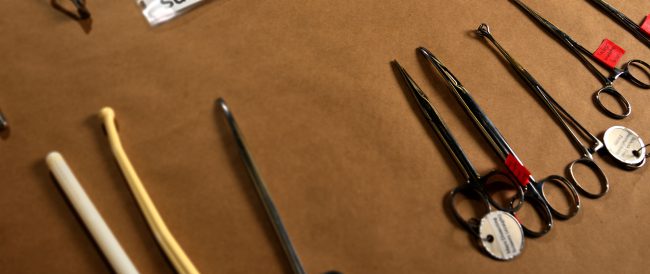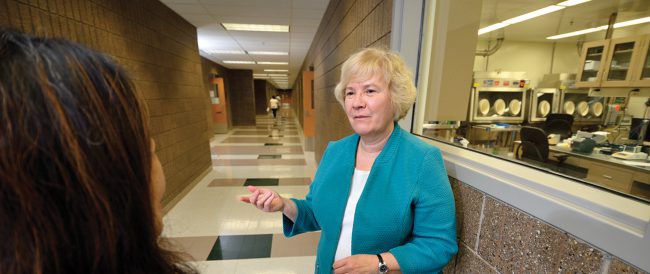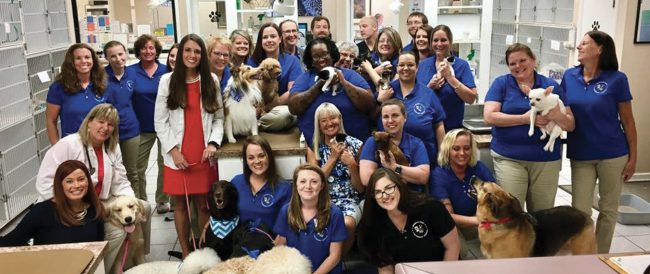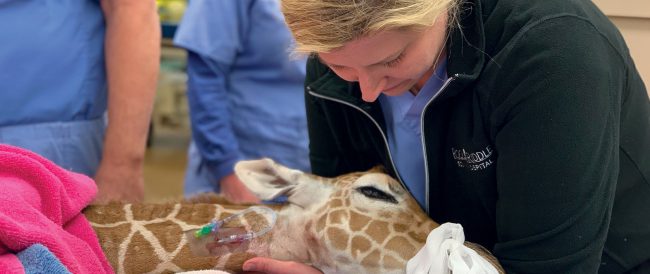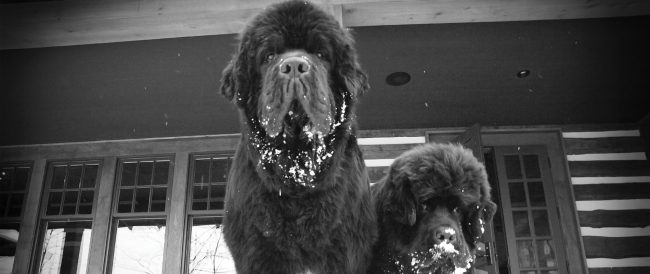 Read More
Read More
The past 12 months have been an exciting time for me. I have closed out my first year as dean, and I have watched some amazing people work toward extraordinary goals.
My most prominent memory is curriculum reinvention—probably because it is still happening! The class of 2022—the first to follow our reinvented curriculum—is nearly halfway through year two, and our faculty and staff are working diligently to finalize the rest of the program. Our flipped classroom model is improving education efficacy by ranking, prioritizing, and reconfiguring the information most valuable for day-one-ready veterinarians.
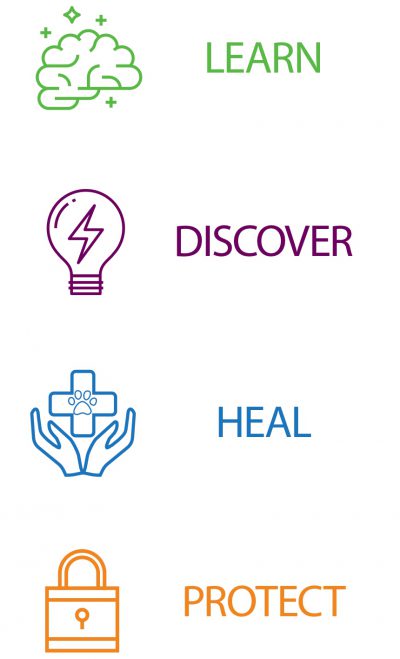
But, education does not end at graduation. Veterinarians go on to practice medicine, pursue graduate degrees, conduct research, craft legislation, educate the next generation of veterinary professionals, and more to promote widespread movements to animal, human, and environmental health and veterinary education. This makes for a life-long learning process, which Dr. Ángel Abuelo embraces. In addition to his dairy calf and vaccine research, Dr. Abuelo is using specific recruitment methods and continuing education offerings to increase training and availability of food animal veterinarians in rural settings.
There is plenty of other research happening here at the College. One of our most notable discoveries this year is that of Dr. Jim Luyendyk, whose work surrounding clotting and liver regeneration has implications for people undergoing liver resection surgery. Dr. Jen Owen is working to create a collaborative, transdisciplinary research station, where researchers from across campus can work together in an effort to improve the environment while educating students and the public. All this work underscores the College’s commitment to a One Health mindset—preserving, repairing, and refining the indelible link between human, animal, and environmental health.
Understanding One Health is a key aspect of veterinary medicine; clinical skills are another. The MSU Veterinary Medical Center sees more than 30,000 cases each year; this gives our students the opportunity to work with many types of animals and on a wide range of medical and surgical cases. One such case is Stella, the two-year-old Rottweiler survivor of a house fire and first-ever animal patient to receive descaled Icelandic cod skin grafts. Violet, the eight-year-old pig, is another one of our fighters; she underwent an ovariohysterectomy and, in the process, helped contribute to research. Thankfully, these cases ended happily and offered our students important lessons on major surgeries, critical care, patient comfort, animal wellbeing, and client communication—all of which are key in clinical practice.
Of course, veterinary medicine is not only employed in clinics. The MSU Veterinary Diagnostic Laboratory helps save animal and human lives through sample testing, test development, outbreak investigation and control, and informing the public on health issues. One such issue is cannabidiol, or CBD, now found in many animal treats and other products. Dr. John Buchweitz urges pet owners, who use or are considering using these products, to inform their decisions with scientific facts. African swine fever looms over the horizon, but the Lab is securing public health with its various preparedness measures.
One of the great things about being a veterinarian is seeing the fruits of your labor grow in the people and animals you serve. Much of the progress we have made this year is in thanks to our supportive community. Chad Munger and Tracy Hickman are two MSU alums whose experiences with their dog Dewey and our Hospital service team led them to gift the College with a $1.3 million endowed scholarship to support the veterinary education of our students.
These stories and others are found in this edition of Perspectives Magazine. As I read them, they reminded me of what an incredible year it has been and what we can all accomplish when we work together. You will also see Spartan Stories sprinkled throughout the magazine. These showcase the high quality of people we have in our community—those who are performing this important work and preparing the next generation of Spartan veterinarians and veterinary technicians to take the reins.
My experience here at the College echoes these stories. Michigan State, and especially the College of Veterinary Medicine, is capable of great things. We have shown that, and we will continue to do what we do best. To all our family, friends, and community members, thank you for supporting us as we continue our mission to Learn, Discover, Heal, and Protect.
Go Green,
Birgit Puschner
Dean and Professor


